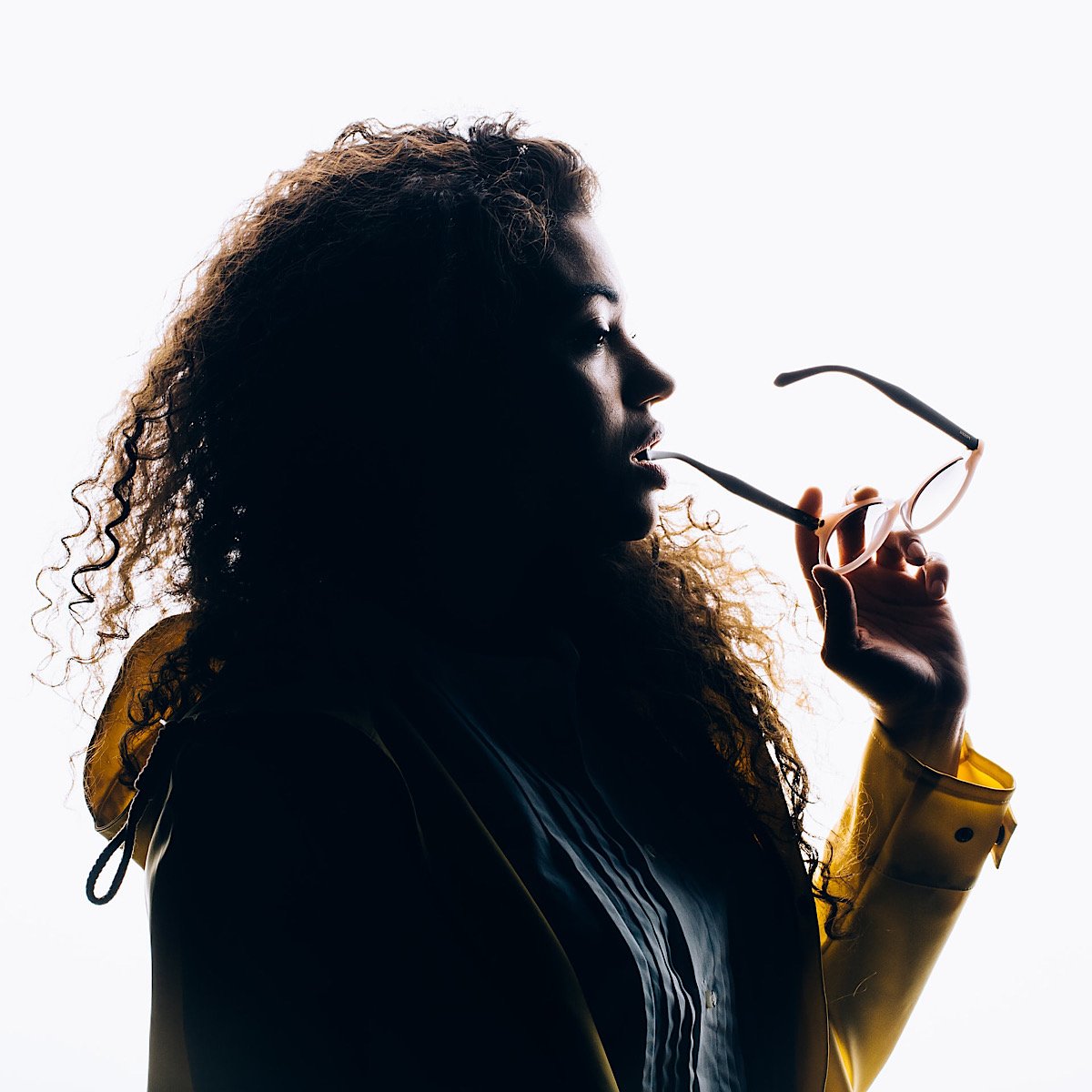Blog • Boulevard
How AI is Driving the Personalized Beauty Revolution

By Shanalie Wijesinghe . Jul.30.2021
Share Article
The AI revolution is here, and it has thoughts about your personal care regimen.
At one time, personalized beauty services referred to something you received in-person, such as product recommendations or treatment advice. Today, that’s no longer the case — digital technologies like AI are so advanced they can generate custom recommendations by analyzing personal data. And with COVID-19 limiting in-person service opportunities, these features are increasingly necessary.
There will always be a place for the one-on-one relationship between a stylist and a client. But what about shopping for products online that you can’t sample beforehand? Or if you’re buying a gift for someone and aren’t sure where to start? That’s where AI allows for a personalized beauty revolution that makes it easier for anyone with an internet connection to find precisely what they need.
In this article, we’ll take a closer look at some of the AI technologies and trends that guarantee AI will play a role in how we shop for beauty products.
Beauty-trained algorithms help you go shopping
Buying beauty products traditionally requires a certain degree of personal insight. For example, you might receive one-on-one stylist advice, seek out brands with particular specialties, or simply visit a store to try out samples. The difference today is we have technologies that specialize in generating these personal insights, helping customers address their needs quickly when making online purchases.
The search algorithm powering My Beauty Matches is just one example of personalized beauty shopping. Upon arriving at its website, My Beauty Matches asks visitors to complete a quiz that accounts for age group, skin type, hair structure, fragrance preferences, and many other details. Then, the algorithm analyzes these answers to provide weight to your search results, narrowing down a database of over 400,000 products. This process helps clients find a list of the most relevant items, all drawn from personal needs and preferences.
My Beauty Matches’ personalization technique is impressive enough, but AI technology can go a step further by helping merchants with supply and demand. In this scenario, machine learning algorithms analyze historical sales data to understand beauty product trends, accounting for weather, seasonal trends, and even holidays. From there, the AI generates a forecast that predicts which products will be in demand and, most importantly, whether there is enough supply to meet it. By knowing what kinds of beauty products clients are looking for, businesses can be ready to serve them in advance.
Human-like chatbots answer your beauty questions
The receptionist at a beauty salon’s front desk offers an invaluable service but can only help one client at a time. If you’re expanding your service or selling products — particularly to regional or global audiences — you need a way to scale your interactions accordingly. Automated emails and social media posts are a great start, but you can have a deeper impact by personalizing your communications.
One example of personalized interactions in action comes from TrueLark, an AI-powered business assistant built from the ground up for the beauty and wellness industry. Its core product includes a chatbot that draws on personalized reference points, including regional terminology, slang, and even typos. TrueLark can also measure client sentiments and needs from these interactions and automatically generate workflows for human staff members to review. In short, these technologies make it easier to engage with a high volume of clients while maintaining your standard for quality service.
AI tech knows which colors look perfect on you
It’s fascinating that AI technology can refine the beauty shopping experience to focus on relevant products, but some algorithms can even produce custom products just for you. Take Color&Co by L’Oréal, a platform that personalizes hair coloring right down to a custom shade. A detailed quiz on the main page takes in your hair’s condition, length, the state of existing greys, and many other complex factors — including how frequently you want individual treatment sessions. Color&Co then compiles all of these data points and generates a color product precisely tailored to your hair.
And if you’re still not entirely sure about a color, AI can help you visualize it. Much like how Instagram filters change your appearance in photographs, apps can automatically edit and recolor your hair from a smartphone screen. There are multiple photo editing apps designed for this purpose, and L'Oréal uses an AR-powered tool to render different colors in real-time video. Thanks to these platforms, it’s easier than ever to test out different colors and highlights, plus you can order products for each look with a single screen tap.
When we discuss AI, we’re not just talking about advanced technology. AI now fuels beauty advice, product creation, and the supply chain that keeps your favorite businesses running. By leveraging these resources, salons and beauty chains can increase their efficiency while clients will have an easier time finding the products they need.
Boulevard was built to help your business achieve profitability at scale without losing an inch of sanity. See for yourself! Get a free demo today.
Sign up for weekly blog updates.
